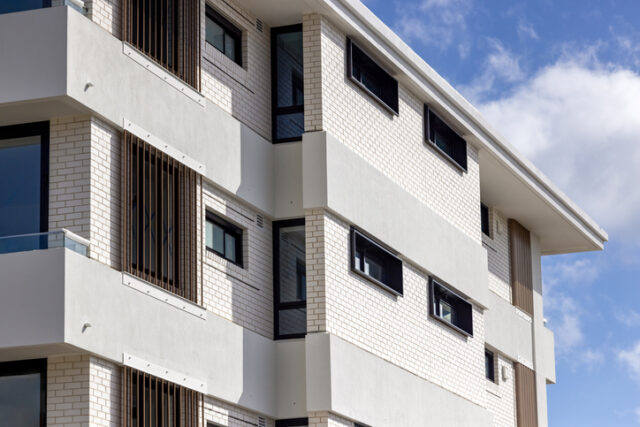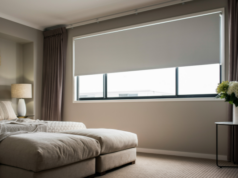
Compliance regulations and standards
Under the National Construction Code (NCC) all windows and external glazed doors must comply with AS 2047 for structural strength air infiltration resistance water penetration resistance and durability.
If a window does not fall under AS 2047 coverage it must meet AS 1288 for glass selection and installation.
All products must be independently tested by NATA‑accredited laboratories and supplied with performance labels that reflect wind and water ratings for your site conditions.
Energy efficiency requirements & U‑value and SHGC ratings
From May 2025 a minimum 7‑star NatHERS shell rating is mandatory for all new residential construction and major renovations.
Windows must be rated through WERS (Window Energy Rating Scheme) accredited by the Australian Fenestration Rating Council to assess U‑value and Solar Heat Gain Coefficient (SHGC).
The U‑value measures heat insulating performance while SHGC reflects solar heat transmission. Low U‑value and climate‑appropriate SHGC help reduce heating and cooling demand.
Selecting window system components
A high‑performance window requires coordinated glazing framing and seals. Double glazing with low‑e coatings and inert gas fills like argon is now the baseline in most climate zones to meet energy targets and to control condensation and noise.
Frames made from thermally broken aluminium timber uPVC or composite systems reduce condensation and thermal bridging.
Quality compression seals in awning and casement styles help reduce air leakage while modern sliding windows may include brush seals to improve performance.
Acoustic performance
Windows often account for most sound transmission in homes. Sound ingress from neighbours traffic or outdoor noise can be significantly reduced using secondary glazing standard double glazing or thicker laminated glass.
Different glass thicknesses and layer types improve performance across frequency ranges. For example, a pair of 4mm and 12mm glass panes cuts a large portion of medium to high frequency noise.
When noise is a major concern consider consulting an acoustics professional and verify manufacturer claims as they may only apply to certain frequencies.
Condensation control and weathertightness
The NCC 2025 and 2022 Amendment 1 require improved condensation control around windows especially in cooler climates. Proper installation includes use of sarking flashing and drainage channels.
Sealing air gaps larger than 2 mm is essential to avoid leakage and mould. Flashing must be correctly detailed to prevent water damage over time.
Site‑specific requirements: Cyclone and bushfire zones
Windows in cyclone exposed areas must meet wind load and water resistance ratings aligned to AS 2047 and AS 4055.
In bushfire prone zones your supplier must know your BAL level to ensure the system is tested or certified for ember resistance heat flux and flame attack under AS 3959.
Quick Performance Checklist
- Confirm windows comply with AS 2047 and AS 1288 based on glazing type
- Check that windows carry a WERS label showing U‑value and SHGC star ratings
- Ensure glazing includes double glazing with low‑e and gas fill where required
- Pick frames with low thermal conductivity from timber uPVC composite or thermally broken aluminium
- Choose windows with compression seals or upgraded brush seals to limit air infiltration
- If noise is a concern specify laminated glass combination or secondary glazing
- Confirm installation includes correct flashing, sealing and drainage to reduce condensation and leaks
- Tell your window supplier your BAL level or cyclone exposure zone so compliant systems can be provided





